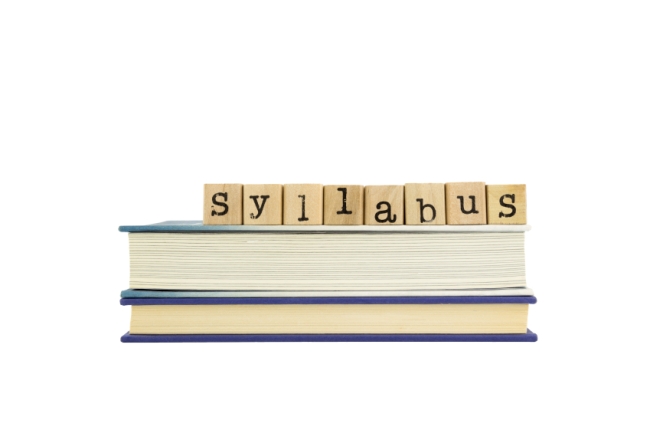You have /5 articles left.
Sign up for a free account or log in.

iStock/vinnstock
Many of us struggle to confirm that our students do, in fact, read the syllabus. I used to read through it aloud on the first day of class. However, not only is that tedious, but there are often students who join later. So now I have solved this problem by solving a completely different one: that of netiquette.
I have, like many other professors, often anguished over the emails my students send me. Besides emoji, spelling errors and confusing run-on sentences, I take issue with their seemingly disrespectful tone or aggressive demands. Replying to my students with notes on how to write an email made me realize their slights were usually unintentional. I decided to address this with all students and included a netiquette section on Blackboard, where my institution houses all our web learning classrooms.
In the netiquette folder, I explain how to compose the subject, the importance of a salutation and conclusion, and the need to specify what class and section the student is in. I also explain why they should edit, review and potentially even reorganize the emails they send me. I include links to other posts online about the value of netiquette in the workplace and with a college professor.
As an English teacher, it's easy for me to say that all their writing represents their work. But I don't do this simply because I dislike long, confusing, boring or rude emails. More than any other form of writing I might teach them, how to write an email will stand them through decades of work. (Or so one supposes -- who knows what technology has yet to offer?) Since I do want my students to be capable long after their tenure in my classroom, I think it's important to explain to them not only how to write an email but also why some of these rules exist. That allows me to discuss respect, ingratiation, clarity of thought and the perils of heightened emotion.
I present this lesson at the beginning of the semester in order to establish quickly how I expect them to write me and the boundaries of the teacher-student relationship. For the accompanying assignment, I incorporated the syllabus.
Due by the second class, or immediately after they join the class, my students do what I call -- admittedly rather mundanely -- the netiquette syllabus exercise. They must review the PowerPoint that I post online about netiquette and answer five questions about the syllabus in an email to me.
After reading the syllabus, they must reply with interpretations of information presented in the syllabus, as well as simple facts. I include in my syllabus descriptive paragraphs for each letter grade, each of which covers everything from word choice to essay organization. I might ask them to put into their own words the qualities required for an A, B or C grade. I might ask them to describe what constitutes plagiarism. I might also ask them fairly simple questions such as how many essay submissions the class requires, which means they must tally the drafts, essays and rewrites that are listed in the assignments and schedule. I ask them where they might seek academic support or find help for their research. Their email must be composed as guided by the netiquette lesson, replete with all their answers.
This assures me that they have read the syllabus, as well as that they know how to write an email to me. I also learn promptly who should attend a student learning center tutorial in order to deal with writing or English language issues.
As the semester progresses, I refer students back to the netiquette guidelines when necessary and ask them to rewrite their emails. I don’t answer their questions until the email returns written in an acceptable manner. So far, my students have been abashed when having to rewrite it, because revisiting their email allows them to see the confusion wrought by writing me from their phones in the middle of the night.
Before I imposed this assignment, I had one student who became furious with me when I asked her to rewrite an email that was a mess of autocorrect confusion, without punctuation or capitals. Although I was gentle in my request, she took it personally. Because we had no previous email exchange, we had no basis from which to understand the expectations each had of the other. Now, at the end of the semester, my students often tell me that this was one of their favorite assignments. It’s a puzzle for them and has such obvious application to their lives that they are so excited to begin building.
The exercise also allows me to remind students that they have indeed read the syllabus when they claim they have not. They ultimately do know about my assorted expectations because the information I seek requires that they review each page and section of the syllabus. For most students, not knowing about the work is an excuse for simply not wanting to do it … yet.
In my class, they must come up with an alternate excuse when work is not submitted online. That they do so goes without saying, but at least they have to get a little more creative with their reasons.
Although I make this assignment in the first week of the semester, it can be a useful reminder midsemester as well. I haven't had to do that yet, but with a new semester dawning, who knows what will come.




